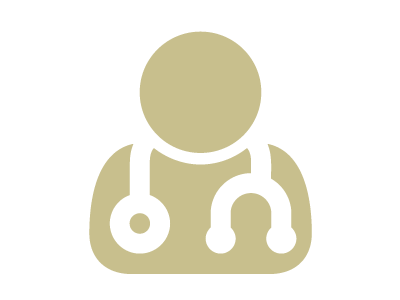
Michael Craven and colleagues discuss the potential and the problems associated with using apps to support patients and carry out healthcare research.
The importance of human factors in healthcare app design was highlighted by the Food and Drug Administration in the USA, which has developed regulations for apps that are closely tied to those existing for medical devices. Likewise in the UK, the Medicines and Healthcare Products Regulatory Agency (MHRA) has, in the past year and half, begun to regulate some healthcare apps as medical devices.
MATCH researchers at the University of Nottingham have developed a number of healthcare apps in recent years, the majority of these being co-designed with clinical researchers. These apps are intended to support a number of different studies with volunteers who are, for example, undergoing treatment for sickle cell anaemia to monitor their experience of pain or for sufferers of mild asthma where physiological signals are captured in parallel with self-assessed wellness scores.
Researchers are particularly interested in the kind of ‘ecological’ assessment that is offered by patients having continuous access to smartphones. This access means that the timing of data collection can be controlled and monitored more easily than with paper-based methods. Phones can be used either as diaries or collection tools for measurements from medical devices, some of which are able to communicate directly via Bluetooth. Furthermore, phone features such as in-built accelerometer readings can be used to detect movement, while cameras can be used to monitor light levels.
Our initial experiences of co-design with researchers have shown us that once the possibility of regular ambulatory monitoring or self-monitoring is made possible using smartphone Apps, a number of issues will arise. If researchers are asking participants to collect personal data it should obviously be collected and stored in a secure manner, and this is of prime concern in gaining ethical approval.
Unsurprisingly, security is a key consideration in the new regulatory regimes, which means it may not be acceptable to use insecure methods such as SMS texting or emailing to prompt data collection. Furthermore, the burden on the patient cannot be overlooked from an ethical perspective. How often is it acceptable to ask for data collection, such as through an app that uses the alarm clock feature of the smartphone?
Could illness or stress be exacerbated by a requirement to self-monitor and, if so, what degree of user involvement should be specified in the data collection process? It may be better to passively monitor rather than ask someone to self-monitor too often.
As with apps in general, users’ cognitive ability, prior experience of using computer systems and the internet and preferences for modes of communication will all have an impact on results. This fact suggests that a user survey or phone audit would ideally be conducted before commencing a design.
Some other real-world user issues have arisen in our pilot studies. Healthcare app users, like all phone users, do not always keep them turned on or charged up. For a research study this could be inconvenient or result in loss of data. A research instrument may also, in time, become a product and if an App is being used to monitor care these aspects of reliability will need to be assessed.
The authors are currently working towards a protocol for healthcare App design that will include the above considerations and others. It will be useful to share experiences with others who are applying human factors to healthcare App design.
By Michael Craven, Jennifer Martin & Kirusnapillai Selvarajah
This article first appeared in The Ergonomist, No 518 August 2013
